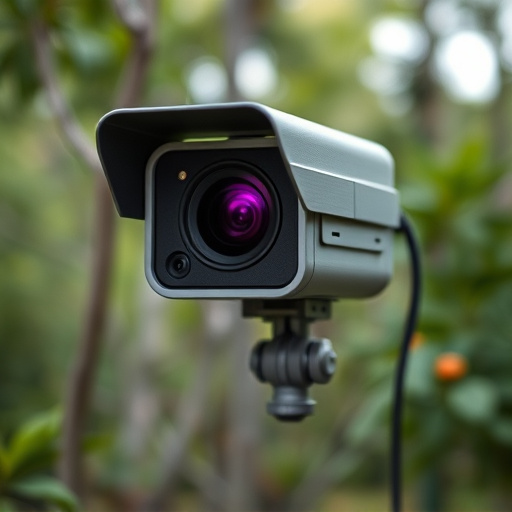Wireless Nanny Cams without an internet connection offer discreet surveillance, capturing high-quality footage locally for privacy protection. Detecting these hidden cameras offline requires visual inspections and specialized tools like electromagnetic signal detectors. Legal and ethical considerations are crucial; many regions have laws against covert recording in private or public spaces without consent. Responsible use involves informed consent, secure data handling, and restricted access to maintain privacy and trust.
Uncover hidden secrets with our comprehensive guide on covert recording spot identification. In today’s digital age, wireless nanny cams have become indispensable tools for safety and surveillance. This article delves into innovative methods to identify these devices, especially when operating without an internet connection. From practical steps to legal insights, learn how to navigate this complex landscape. Discover techniques to locate hidden cameras, understand the ethical implications, and stay informed about the latest wireless nanny cam technology – all without relying on online connectivity.
- Understanding Wireless Nanny Cam Technology: A Covert Recording Spot Identification Approach
- Practical Steps to Identify Hidden Camera Locations Without Internet Connection
- Legal and Ethical Considerations for Using Covert Recording Devices
Understanding Wireless Nanny Cam Technology: A Covert Recording Spot Identification Approach
Wireless Nanny Cam technology offers a discreet and effective approach to covert recording spot identification, eliminating the need for an internet connection. These cameras are designed to operate independently, capturing high-quality footage and transmitting it to a viewing device or storage system without relying on network infrastructure. The key advantage lies in their ability to record and store data locally, ensuring privacy and protection against potential interference or data breaches associated with cloud-based systems.
This technology is particularly useful for situations where continuous surveillance is required without drawing attention, such as in homes, offices, or public spaces. By strategically placing these wireless cameras, users can identify hidden spots where covert recording may be feasible, enhancing security measures and providing valuable insights into otherwise inaccessible areas.
Practical Steps to Identify Hidden Camera Locations Without Internet Connection
Identifying hidden camera locations without an internet connection requires a combination of meticulous observation, specialized tools, and practical steps. Start by conducting a thorough visual inspection, looking for any unusual devices or wiring that might suggest a covert recording spot. Pay close attention to areas often overlooked, such as corners, behind furniture, or near power outlets, where wireless nanny cams could be strategically placed.
Next, utilize portable detection tools designed to sniff out electromagnetic signals emitted by hidden cameras. These devices can help pinpoint the presence of surveillance equipment without relying on internet connectivity. Additionally, employ physical barriers like metal screens or far-infrared detectors to block or reflect signals, further aiding in the identification process. Regular maintenance and awareness are key; keep an eye out for any suspicious activity or changes in your surroundings, ensuring you’re one step ahead of potential covert recording devices.
Legal and Ethical Considerations for Using Covert Recording Devices
Using covert recording devices, such as a wireless nanny cam without internet connection, raises important legal and ethical considerations. It’s crucial to understand that laws regarding surveillance and privacy vary significantly across jurisdictions. In many places, covertly recording conversations or activities in private spaces without explicit consent is illegal and can lead to severe penalties, including fines and imprisonment. Even in public areas, there are often restrictions on audio and video recording, especially if it involves capturing sensitive information or intimate moments.
Ethically, the use of such devices should be approached with utmost care. Respecting personal privacy is paramount. Users must consider the implications of their actions and ensure they have a legitimate reason for employing covert recording. Transparency is key; informing individuals that they are being recorded can help maintain trust and avoid potential legal pitfalls. Moreover, the data captured should be handled securely and used only for the intended purpose, ensuring no misuse or unauthorized sharing occurs.
In conclusion, the effective identification of covert recording spots, particularly using wireless nanny cams without an internet connection, necessitates a blend of technological understanding and legal awareness. The practical steps outlined in this guide empower individuals to protect their privacy by locating hidden cameras autonomously. While it’s crucial to respect privacy rights, being informed about these methods serves as a proactive measure against unauthorized surveillance, ensuring peace of mind in today’s digital era.
